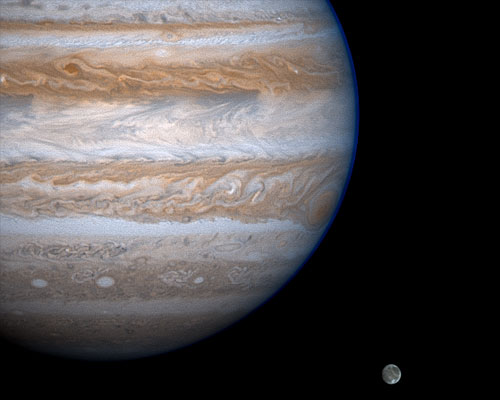aims and objectivesYour first year astronomy course has a significant laboratory component. The aims of the astronomy lab are
These aims are different from, and complementary to, the aims of the lecture courses, which are primarily designed to impart knowledge of the subject, and those of the tutorials, which are intended to help you develop your problem solving skills. All three components are therefore needed if you are to acquire the knowledge and skills expected of a scientist in general, and an astronomer in particular. We do, however, do our best to ensure that the laboratory exercises in astronomy and astrophysics relate to the taught material, so in semester 2 you will be doing exercises related to the material of PHY104 Introduction to Astrophysics. In semester 1, the astronomy component of PHY115 is a stand-alone course on positional astronomy, which is intended to equip you with the knowledge and skills necessary to perform astronomical observations using a telescope. organisationThe organisation of the laboratory work depends on your degree programme. Physics and Astrophysics students need to master laboratory and observing techniques relevant to both astronomy and physics, whereas Mathematics and Astronomy students are specifically interested in astronomical techniques. For Physics and Astrophysics students, the laboratory component of your first year includes the following sections:
The work in semester 1 is assessed as part of module PHY115, and the second semester work as PHY116. assessmentPHY115 and PHY116 are "portfolio" style modules covering a range of topics delivered and assessed in a variety of different ways. Each component — short courses, lab work, workshops, homework exercises — addresses different essential components of the skill set of a professional scientist. You are therefore required to pass each component of the assessment separately in order to pass the module as a whole. Of course, this does not mean that you have to pass every single thing: like is grouped with like, so that, for example, all three skills experiments in PHY115 are combined as one component of your portfolio. These are relatively new modules, and the relative weights of the different components are still undergoing fine tuning. The draft assessment schemes are as follows:
Homework exercises and formal lab reports are handed in to the Departmental Office. As with most assessed assignments, you will be required to download a personalised coversheet, which includes your registration number but not your name, from the Departmental website. This is in line with the University's Students' Charter, which states that "wherever practicable and appropriate, departments will ... seek to ensure the anonymous marking of non-invigilated examinations." The idea is to prevent the marker's preconceived ideas about particular students from affecting the marks awarded. This is not very important for most work in physics and astronomy (where answers are generally right or wrong) but may be significant in assessing lab reports (where there is a certain amount of subjectivity). The lab exercises are not marked in this way because the personal contact with the demonstrator is intended to help you to improve your skills in a way that anonymous marking out of the lab could not. You will note that the laboratory work includes one formal laboratory report, contributing 20% to the total module grade. The aim of this exercise is to introduce you to the art of communicating your scientific results to other scientists. You may choose to write up any of your completed assignments, but
Many students find this task very difficult, and there will be a Scientific Writing Workshop in Semester 1 to help you to prepare. Guidance notes and examples are also provided: read these carefully and ask someone if you are confused or uncertain. (Note the differences between the example report and the corresponding lab diary: a report is not just a word-processed version of your lab book!) Please note that poor grammar and spelling will be penalised; if your written English skills are not up to the task, consult the University's Writing Advisory Service for help. Do take this task seriously — the ability to write a clear, concise, well-structured report in grammatically correct formal English is one of the most important transferable skills you will acquire in your entire degree. Formal lab reports are marked according to the following scheme:
Note that appropriate allowance will be made for students who have been diagnosed as dyslexic, or whose first language is not English, if we are advised of the fact: please attach a note to the cover sheet explaining the problem. Both dyslexic students and those who are not native English speakers are strongly advised to make use of the Writing Advisory Service. As with all written work, copying material from sources other than your own lab diary (such as the script, other students' diaries or reports, textbooks and lecture notes) is strictly forbidden. You may use information (e.g. the true value of the mass of Jupiter) from other sources, provided that the source is properly referenced, but other people's exact words are always off limits. Please read the Departmental guidelines on plagiarism and collusion before handing in your report, and check that it complies. |
| © 2010-12 The University of Sheffield |

